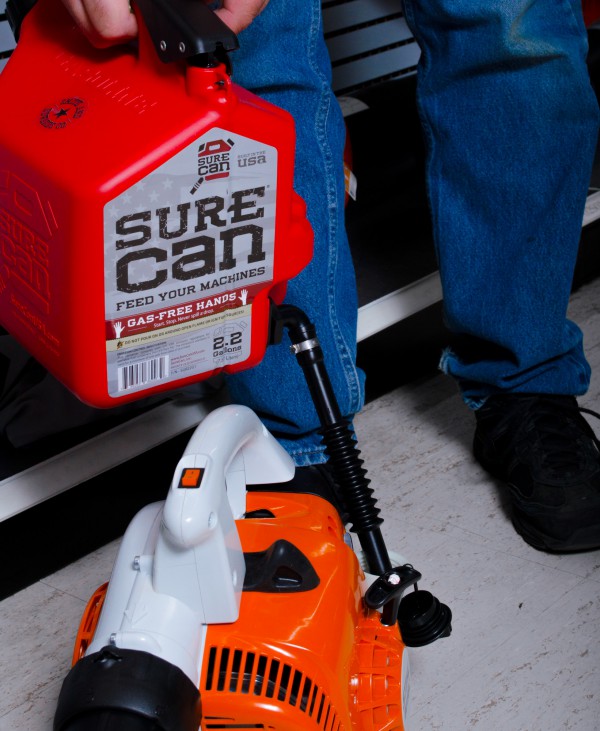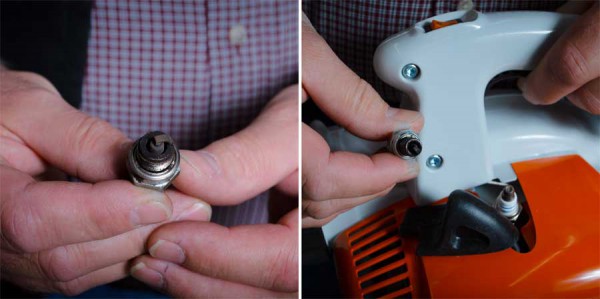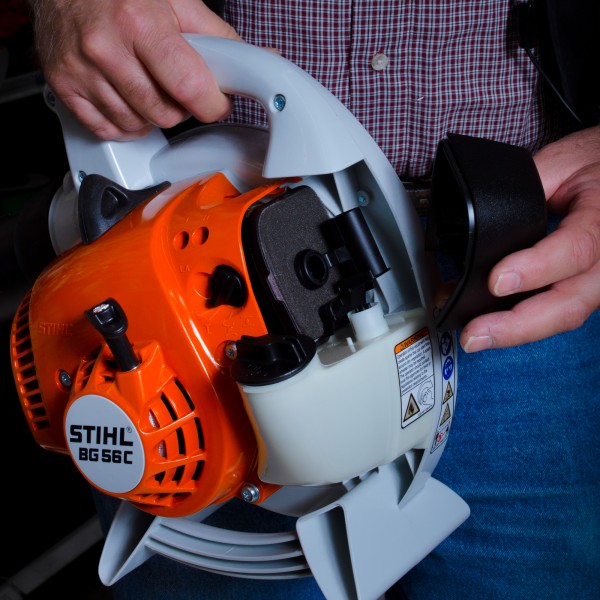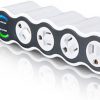What do you do with a couple pounds of fresh Utah apricots?
Some of the best ways to preserve that fresh, tangy sweetness are dehydrating apricots and turning them into apricot freezer jam.
Maggie & Hannah are 10-year-old friends, cousins, and daughters of Smith & Edwards employees. They gave it a shot! Here’s how they did – and if they can do it, YOU & your kids can, too!
Making Dried Apricots
You’ll need:
- Food Dehydrator
- Kitchen knife
- Wash and dry the apricots. Then, cut the apricots in half. Lastly, separate the halves, and pull out the pit.

- Now arrange the apricots on your dehydrator screens. You can actually place them closer together than this, because they’ll shrink as they dry.

- Let them dry according to your dehydrator’s instructions. This batch only took Maggie & Hannah about 1 hour.
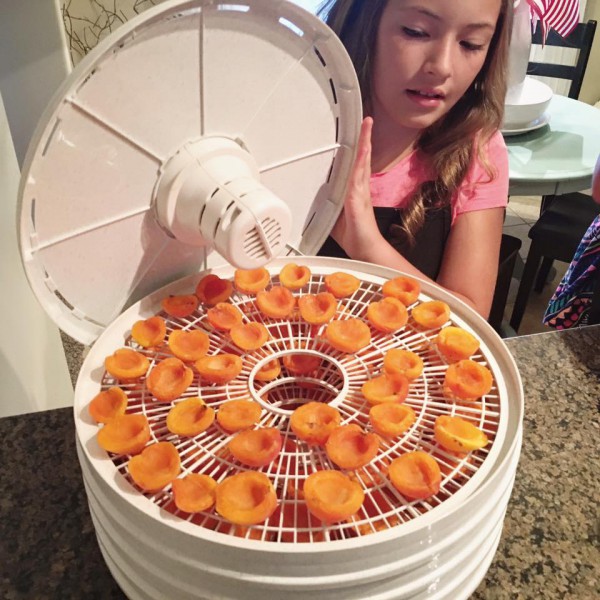
Making Apricot Freezer Jam
We used:
- Mrs. Wages Freezer Jam Mix + sugar & lemon juice
- Canning funnel
- freezer jam jars (Keep lids off of glass jars until the jam has frozen to prevent breakage.)
- Canning scoop or kitchen ladle
- Spatula and potato masher
- Mixing bowls
- Cut and discard the apricot pits, then mash the apricots.

- Add sugar, lemon juice, and the Freezer Jam fruit pectin, according to the package directions.


- Stir, then ladle the apricot jam into freezer jam jars.

- This apricot freezer jam will keep in the fridge up to 3 weeks, or in the freezer up to a year!
 Their grandmother has a secret about adding crushed pineapple to the recipe. Try it out and see what you like!
Their grandmother has a secret about adding crushed pineapple to the recipe. Try it out and see what you like!
Your Turn!
What’s happening in your kitchen? We love to see pictures of what you’re making! Leave a comment, tag us on Facebook or Instagram, or send us an email.




